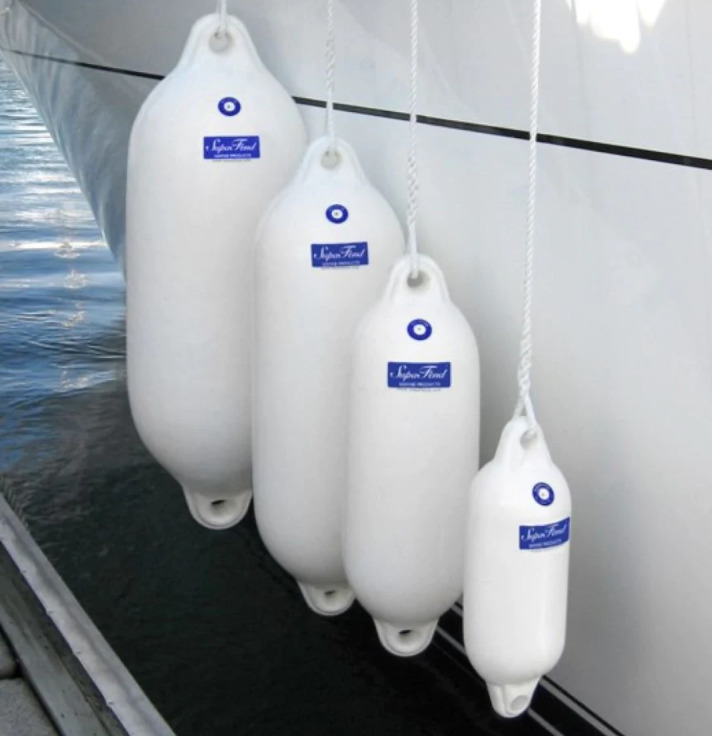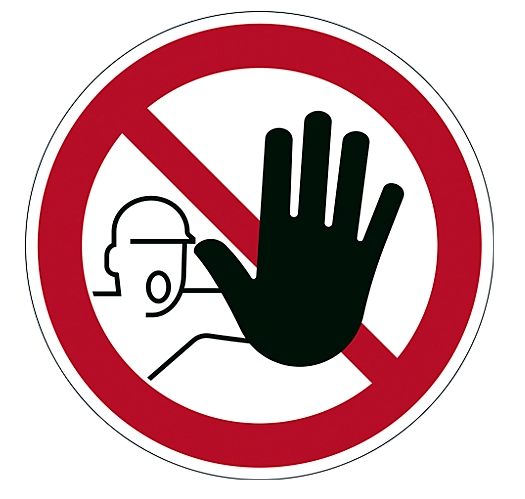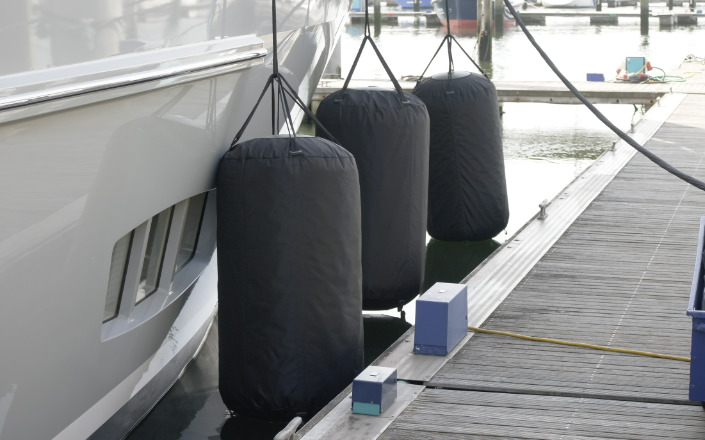Last Updated on June 20, 2022 by Brian Drew
It’s blue all around you; the glorious blue sky above and the pristine water beneath you are enough to raise the mood of anyone and everyone. No other element has the calming effect that water has on people. Be it the serene rivulet or the gushing waterfall or the vast seemingly endless ocean, it always leaves people spellbound for hours together.
That being the case, adventure on water is always beckoning; that is the reason once the weather becomes pleasant those with boats start sailing. If you are all set for excitement and adventure in your life, get ready and get on a boat.
Boat maintenance checklist
It is always better to have your own boat maintenance checklist before you start any boat trip; the requirements of your family may be different from others. A checklist always ensures that you never overlook any essential items that need to be on board while ensuring that all safety measures are in place.
But before you start writing out your essential item checklist, there are a few terms that you should know.
Boat float plan
What is a float plan? And why is it important before you start any trip? A boat float plan is information about your trip. You must inform someone on the land of the duration of your trip – whether it is for a few hours or a few days. Other details include:
- Your destination and tentative date or time of return
- Description of your boat
- Who are the people on board
- The safety equipment on the boat.
This knowledge is useful in case of any emergency. Your friend can inform the Coast Guard or the Marine Police to look out for you. Do not forget to intimate the friend about your safe arrival to prevent undue panic.
Log Book
This was of great use in the bygone era when people made note of all details of the trip in the book. It is usually not required for smaller vessels and pleasure boats, but it is a good practice to maintain a logbook. This will help you keep track of fuel costs, license costs, speed, and other essentials. So you have everything in one place for easy reference.
Coming back to the checklist, here is a list that will act as a guide for you to prepare your own list of things to do and take.
Before leaving the dock
Let’s make a boat maintenance checklist in the order of importance and usage to make it simple and easy for you when planning for the trip.
There are a few things that must be taken care of before launching:
- Electrical Connection
Check all the cables and terminals are proper and there is no corrosion or open cable anywhere. If you are taking your boat after a long winter, it is advisable to get a professional to check the electrical connections.
- Cables, Hoses & Belts
Make sure that all cables are fine and show no signs of cracks. Similarly, hoses too should be free of cracks that normally develop after winter storage. Make sure that the belts are still tight around the pulley.
- Weather
First and foremost check the weather. It is not advisable to take your boat out during inclement weather. Nature’s fury is unpredictable and might be dangerous for you to venture out at such times.
- Check the timing of the tides
The high tide might not be a good time to venture into the sea because the water will be rough and the stability of the boat will be at risk.
- Check Drain plug
Make sure that the drainpipe is intact and in place at the bottom of the vessel.
- Safety equipment:
Make sure all the necessary safety gear is on board. You must carry Personal floating devices, life jackets, Visual Distress signals, and a first aid kit at all times.
Once on the move
Once you have made sure that the craft is in a good shape to take to the water, there are still a few things that need attention. These guidelines apply mainly to large boats with engines. Here is a list of things that you must do:
- Open sea cocks
This will allow water to flow into the vessel for cooling or for the faucet. Do not open the waste cock though. Do not open the sea cock when you are not on the boat because improper use of the sea cock can lead to the drowning of the vessel.
- Inspect engine:
- Make sure the engine is working fine and there are no leaks or loose items around.
- before starting the blower must be on for at least five minutes
- make sure the lubricating oil is present
- ensure the right level of fuel
- check the buzzers are working and make sound
- Check that the throttle is in position and the shifter is in neutral.
- Once the engine is started make sure that
- the water for cooling is flowing properly
- The oil pressure is the correct amount.
How to navigate in water
Once underway there are a few points that you must keep in mind for the safety of the passengers:
- Put away all loose gear and ropes to prevent people from tripping and getting hurt
- Make sure you are following the rules at all times
- Look behind and to your sides before you decide to make a turn or change the direction of the boat
- You must use navigation lights at least 30 minutes before sunset and after sunrise.
- Keep a lookout for changes in weather and wind direction
- Identify the closest harbor or anchorage point
- Monitor the fuel consumption
- Make sure you are well aware of the currents and tides in your area.
Identify the nonswimmers
It is not necessary that everyone aboard knows to swim; there will people who can’t and you must take extra care of such people. Provide these people with life jackets and ensure they wear them at all times.
Brief the crew
All the crew members must know the location of all safety equipment on board the boat at all times. During an emergency, you won’t have time to search.
Safety Instructions
Give safety instructions on how to use the visual distress signals, fire extinguishers, and sounding of the horn to the passengers.
Turn on the GPS
Thanks to modern technology, a GPS can guide you to safety if you key in the correct information.
On returning to the dock
After an exhilarating and enjoyable trip on the water, when you get back you still need to make note of a few things.
- While mooring the boat make sure that the lines are not getting chafed and the snubbers (cushioned objects that absorb the tension on the deck during high winds and surfs) are in place.
- Check that all essential loads like alarms and clocks are on
- Check that all nonessential loads like music system, lights, etc are off.
- The power cable is safely stored away
- The logbook has been signed.
Get ready for the adventure
It is absolutely wonderful to feel the fresh breeze on your face when you are out in the open in the vast blue sea or the meandering river. A day out boating is a pleasurable event that calms you down and helps you get in touch with nature.
Don’t be afraid to get wet or go overboard; you are out to have some fun, so take the right attitude along with the boat item checklist to enjoy your trip.






